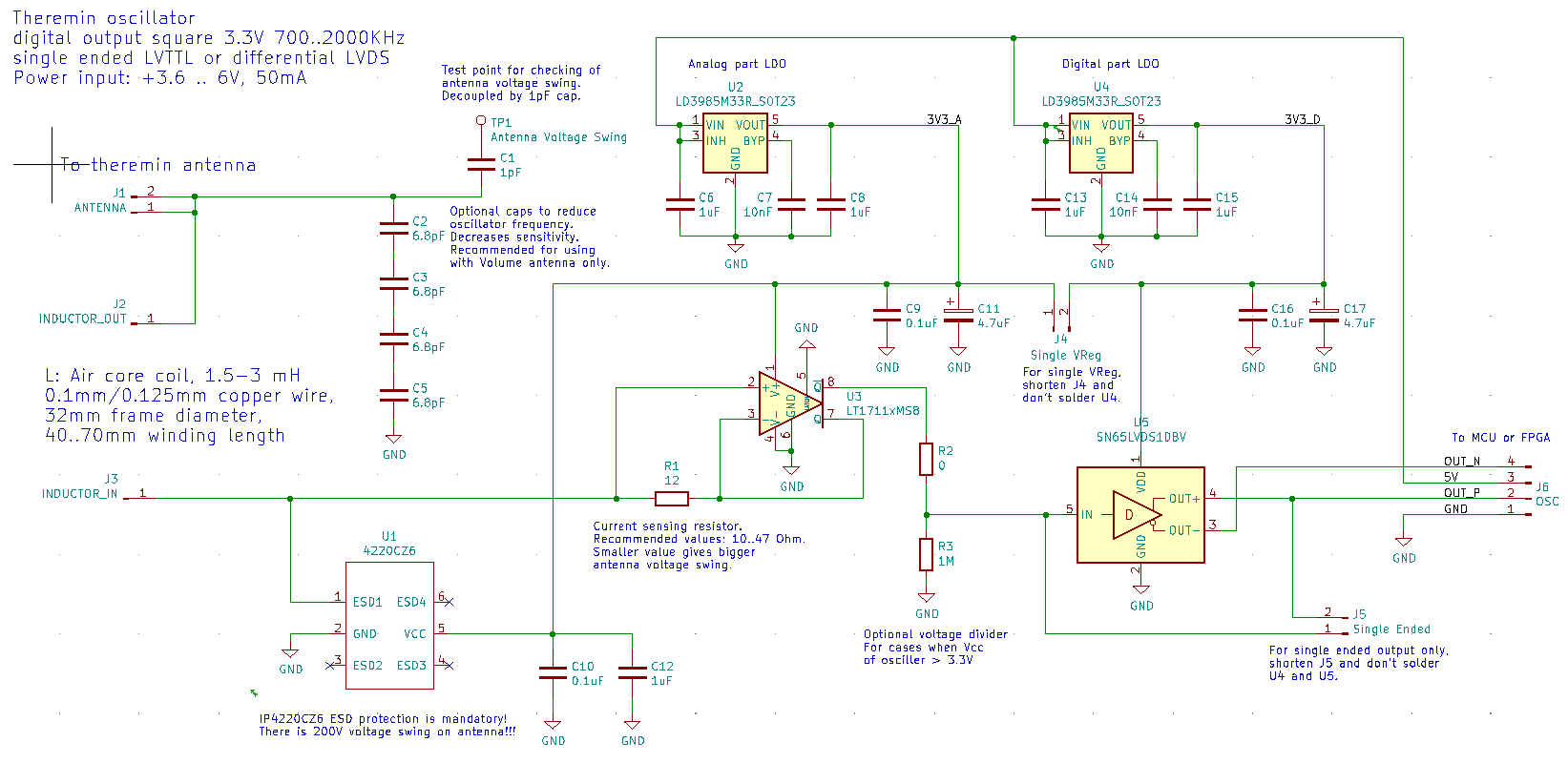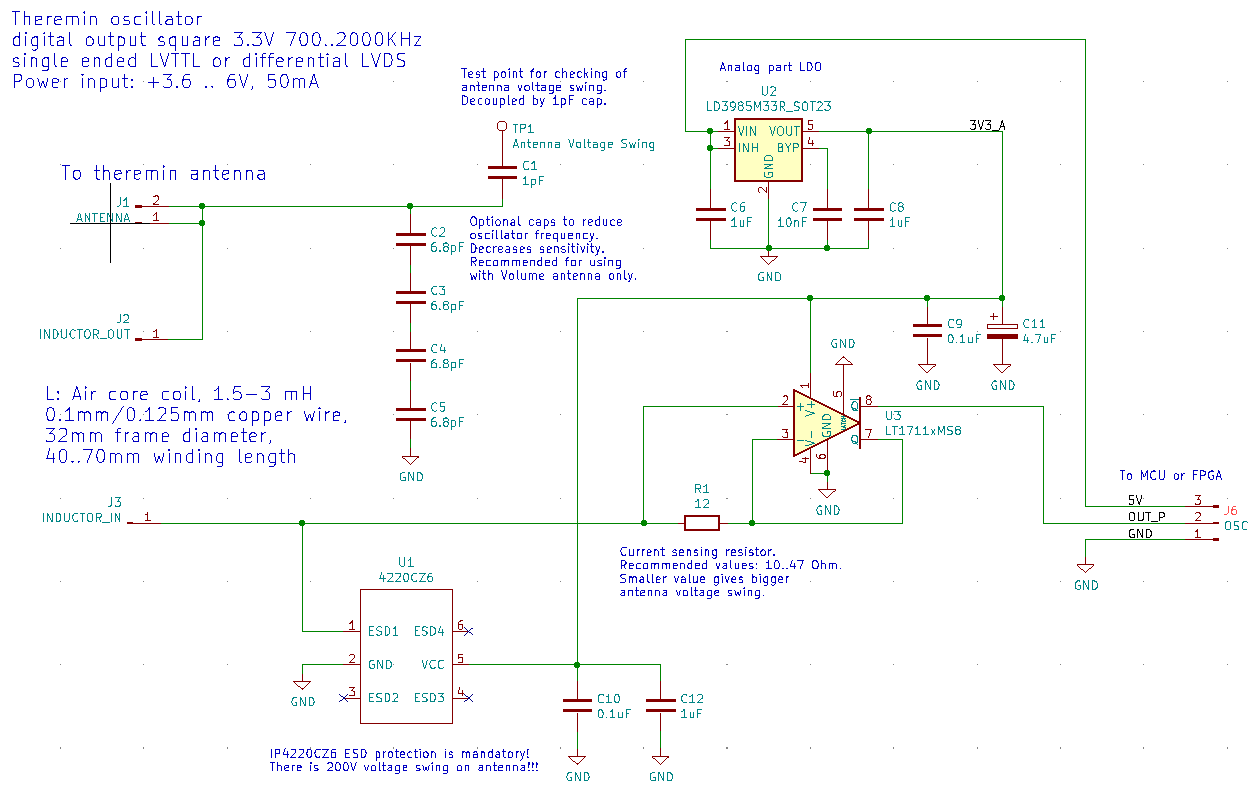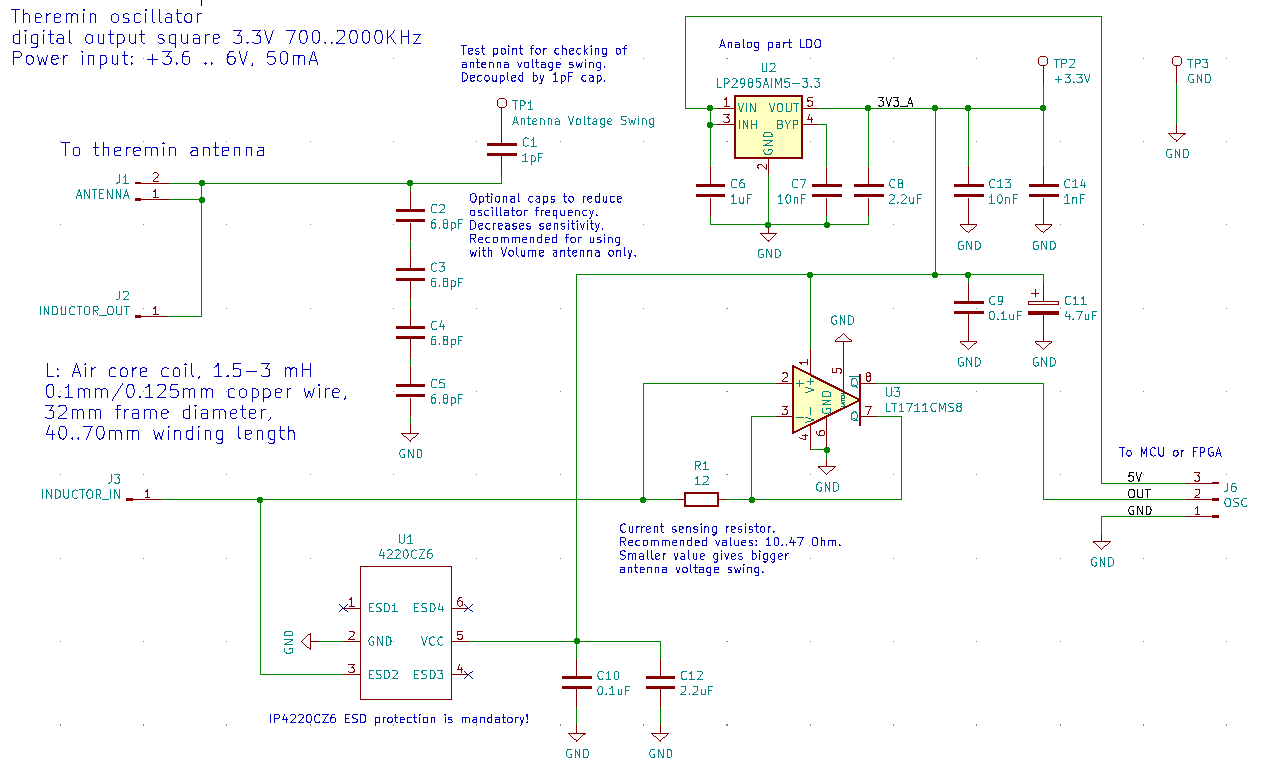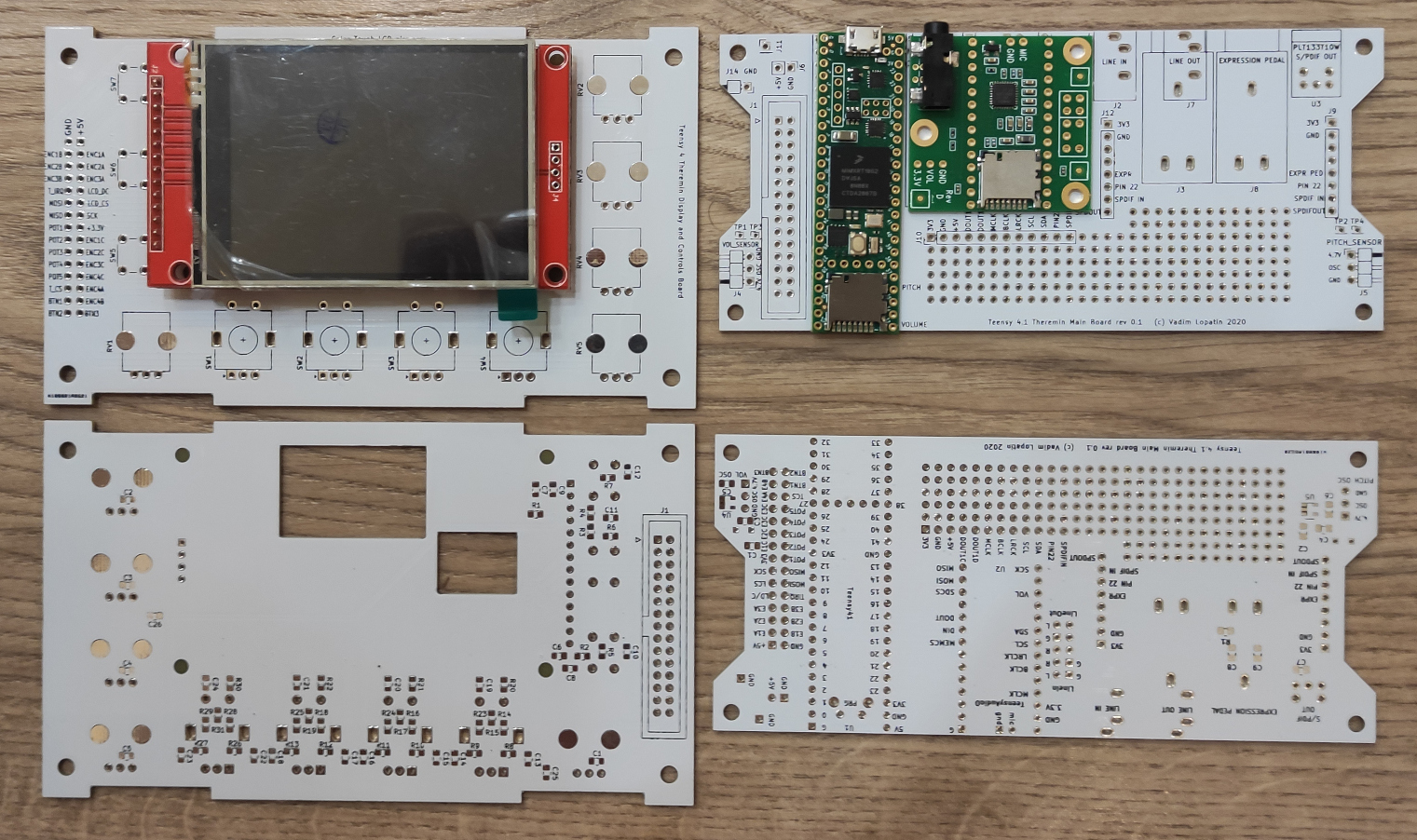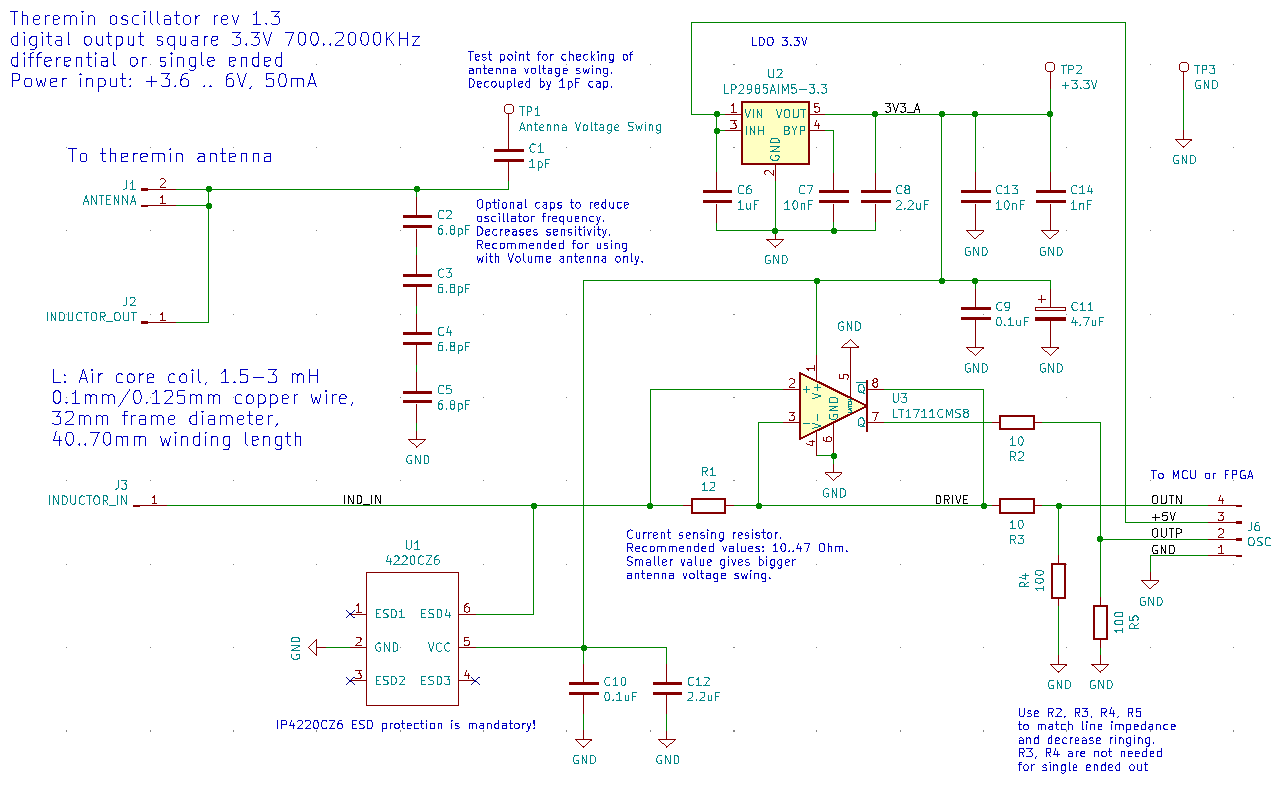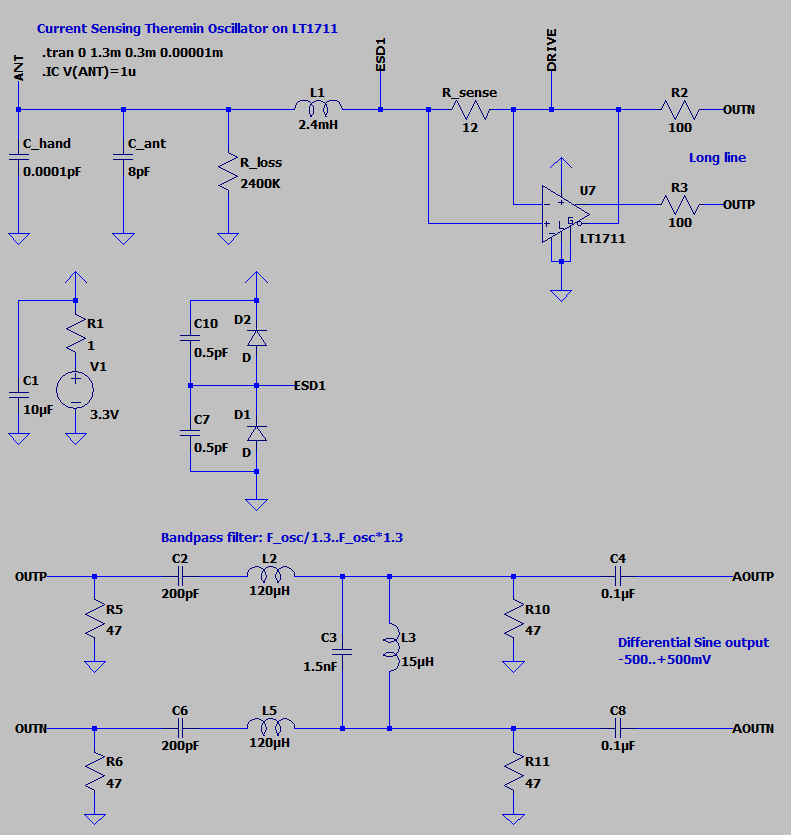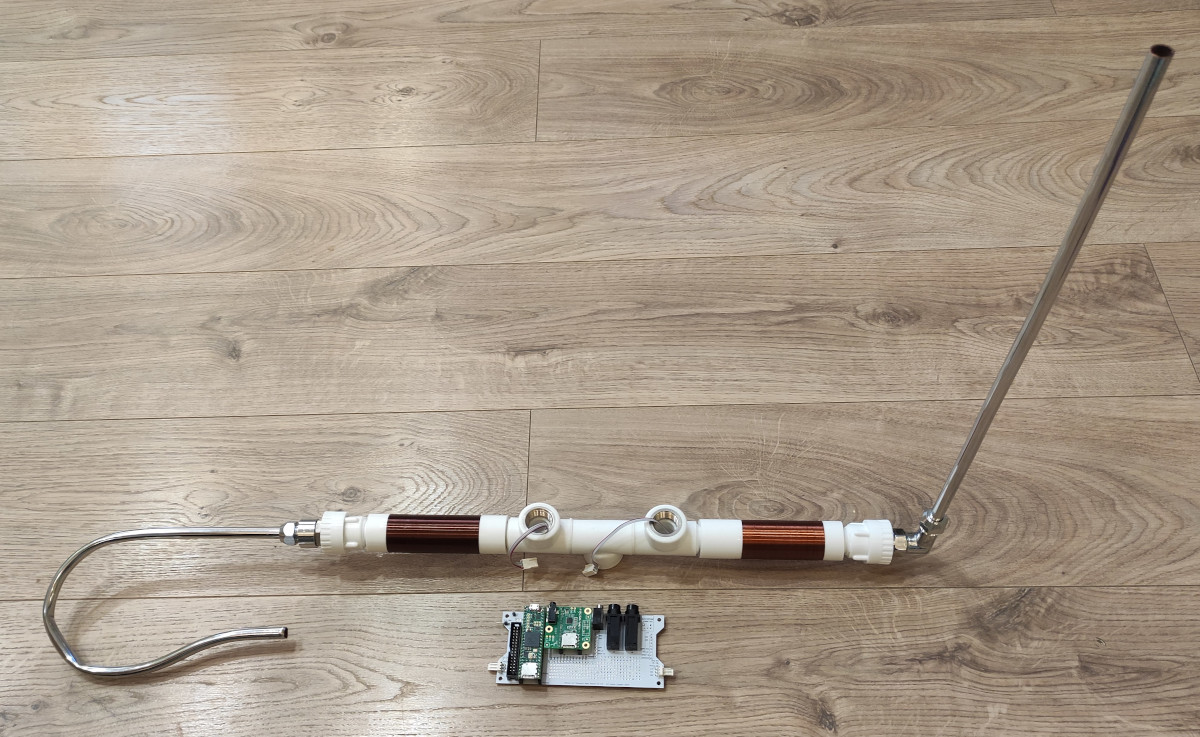Building simplified version of dewster's current sensing oscillator from Analog Theremin thread post
Tried to play with current sensing resistor based oscillator approach in ltspice.
Even managed to get working differential BJT cascade in LTSpice.
Finally found working comparator which can sense current of resistor on its own output. At least it's oscillates in model.
All you need for oscillator are 2 components: LT1711 and resistor.
Of course, I forgot antenna and inductor.
Simulation results in LTSpice: 1400Vpp antenna swing
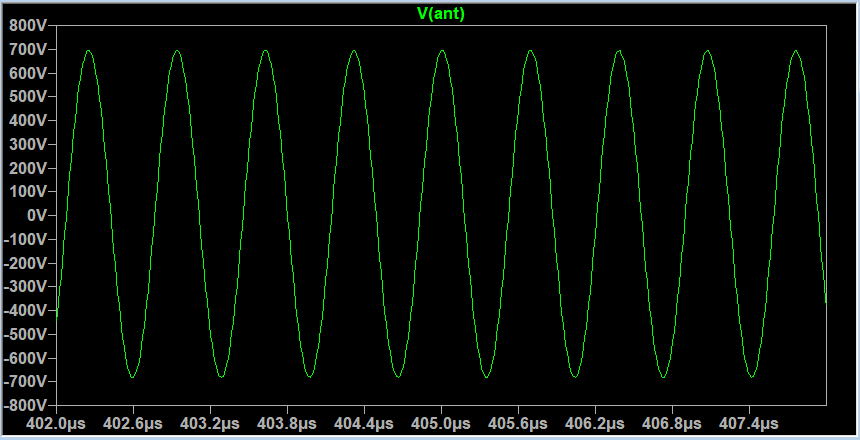
It was 12V power (max supported by LT1711)
Here is the same circuit powered from 3.3V: 400V antenna swing (with high R_serial inductor, can drop to 250Vpp)
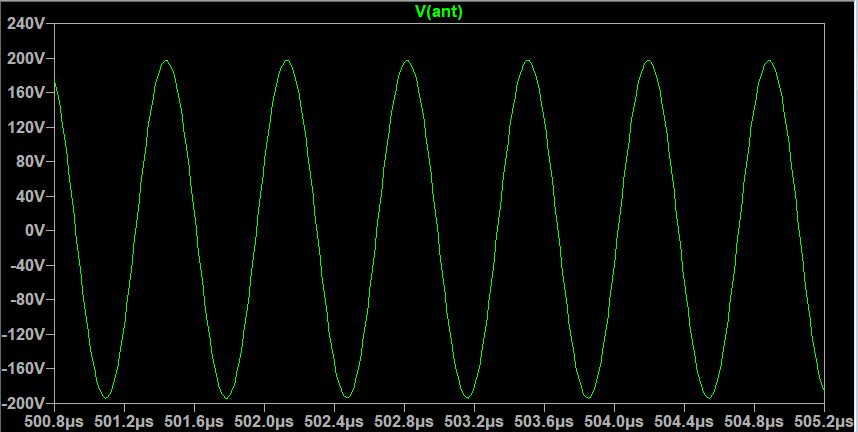
LTSpice model:
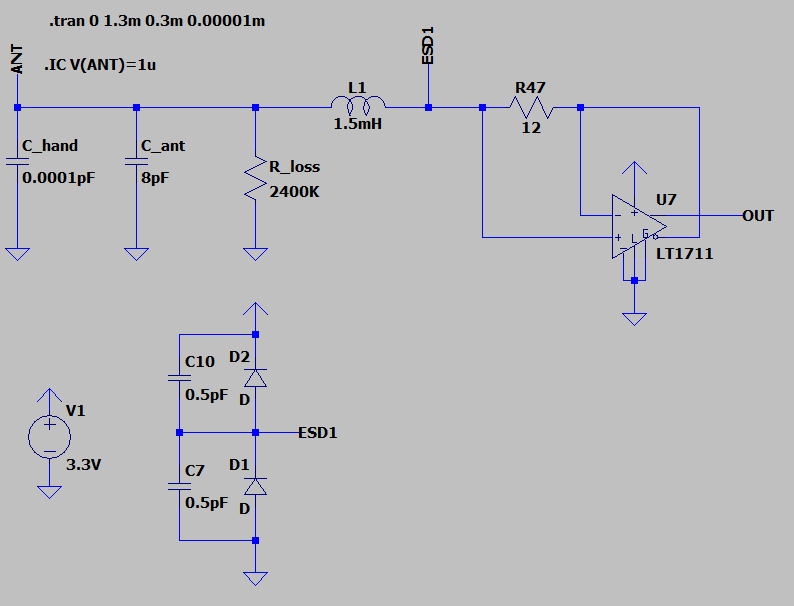
Sensitivity (change of frequency for C_hand 0..1.5pF) (1452KHz-1332KHz)/1452KHz = 8.26%
BTW, it looks like LT1711 model pins are wrong. Lower pin which is drawn as inverse, is actually positive.
Second output pin can be used as digital output.
For clean sine wave, simple LC filter can be added.
According to simulation, this schematic is resistant to hand touches - even w/o decoupling cap suggested by Thierry.
With C_hand = 150pF antenna swing just drops down to 60Vpp (to 400Vpp when powered with 12V).
BTW, is it safe touching antenna with 1400Vpp?
Supply current is 35mA 12V when touching antenna, inductor current is 50mA.
For 3.3V, supply current is 17mA.


